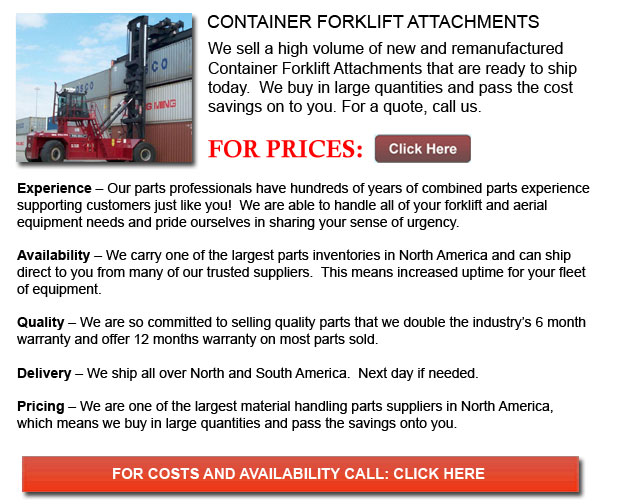
Container Forklift Attachments - Forming the basis of containerization, shipping containers are part of a transfer system based upon using steel intermodal containers (shipping containers). These containers are built to particular standard dimensions which could be stacked and transported, loaded and unloaded with optimum efficiency over long distances. Shipping containers are often transported by rail, semi-trailer trucks and ships without being opened.
This system of utilizing shipping containers was developed after World War II so as to greatly decrease transport expenses. Containerization has likewise been huge in increasing international trade alliances. These days, for example, roughly 90% of non-bulk cargo is transported globally by containers which are stacked on transport ships. It is estimated that 26% of all container trans-shipment takes place in China. There are big ships that could carry over 14,500 units.
Few people at the start were able to see the impact that container shipping would have in the shipping business. One economist during the 1950s, namely Benjamin Chinitz of Harvard University, predicted that containerization would have greatly benefit New York, by allowing it to ship more efficiently to the southern parts of the US. He did not anticipate that containerization will even make it more affordable to import such items from abroad.
Of the economic studies on containerization, nearly all assumed that the shipping organizations will soon begin to replace older forms of transportation with the container systems. The studies did not predict that the process of containerization itself will result in a more direct influence on the variety of producers, along with increasing the overall volume of trade all over the world.
One of the essential benefits of containerization is the improved cargo security. Since the cargo is not visible to the casual viewer it is usually less likely to be stolen. Normally, the doors of the containers are sealed and this means that whatever signs of tampering are more evident. There are several containers that are outfitted with high-tech electronic monitoring devices. These could be distantly monitored to detect changes in air pressure. This detection takes place when the doors are opened. These monitoring devices have lessened the "falling off the truck" syndrome that long plagued the shipping industry.
There used to be some difficulty with incompatible rail gauge sizes in different countries. Use of the same basic sizes of containers worldwide has lessened the problems which used to often happen. Today, nearly all rail networks all over the globe operate on a 1435 mm gauge track. This is considered to be the standard gauge, even though, a lot of nations utilize wider gauges. Various countries in Africa and South America use narrower gauges on their networks. All of these nations rely on container trains that makes trans-shipment between various gauge trains much simpler.
![]() Click to Download the pdf
Click to Download the pdf
Forklift Parts
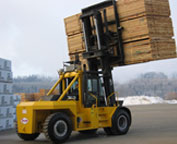
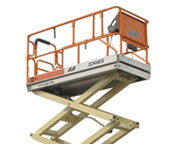
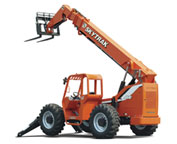
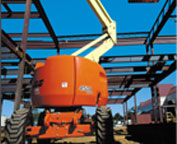
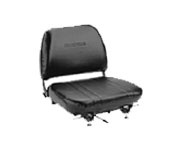
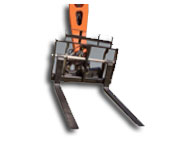
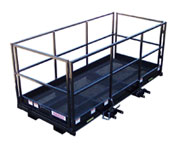
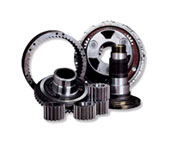
Lift Parts Express
TOLL FREE: 1-888-695-7994
Columbus, Ohio
forkliftpartscolumbus.com
Email Us
About Us


